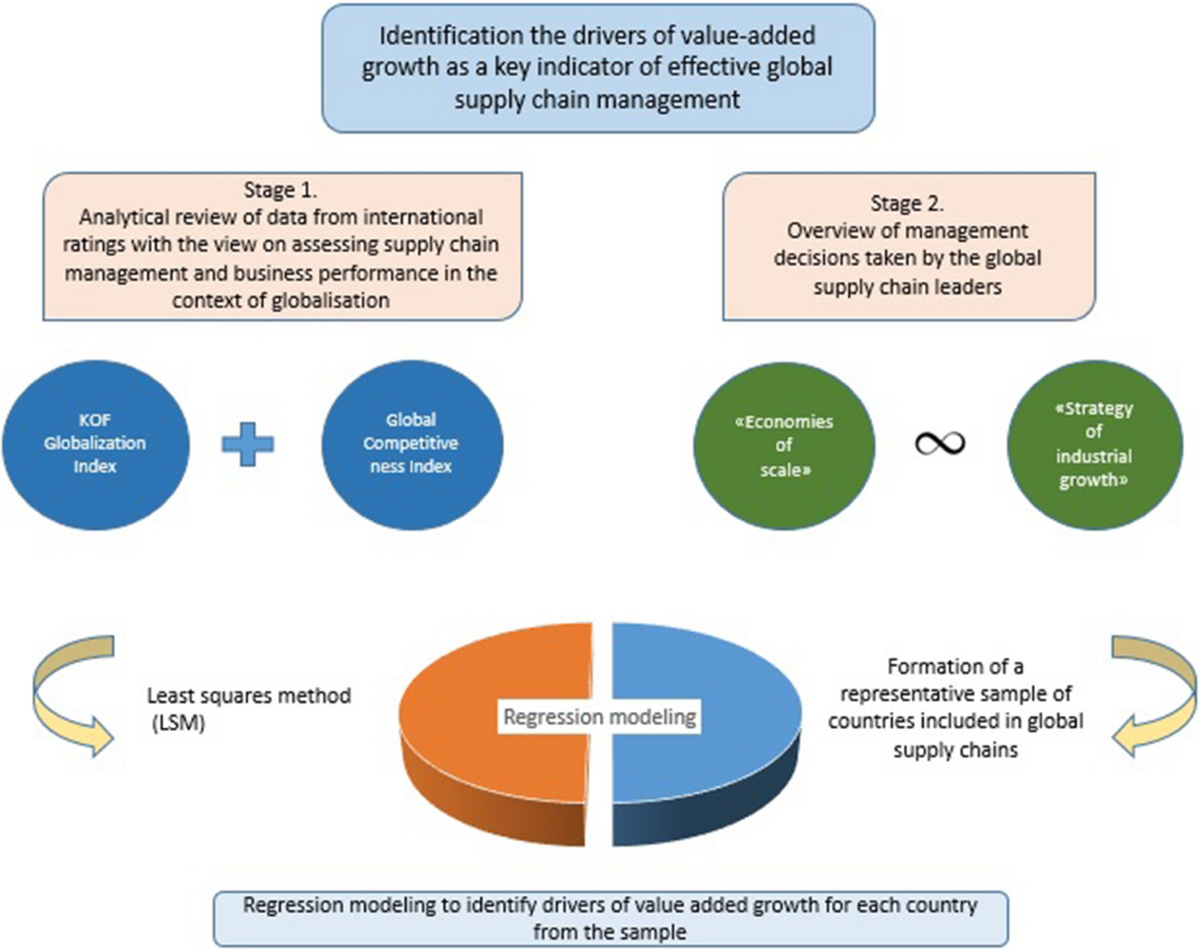A Global Dance of Goods
In the age of globalization, supply chains have evolved into intricate systems that facilitate the movement of goods around the world. The global dance of goods involves a complex choreography of suppliers, manufacturers, distributors, and retailers working together to ensure that products reach consumers efficiently and cost-effectively.
The evolution of supply chains in the age of globalization has been driven by advancements in technology, changes in consumer behavior, and the increasing interconnectedness of economies. Gone are the days when supply chains were linear and limited to a single region or country. Today, supply chains are global in nature, with goods being sourced from multiple countries and transported across continents.
One of the key drivers of this global dance of goods is the rise of e-commerce. With the growth of online shopping, consumers now have access to a wide range of products from all over the world. This has forced companies to rethink their supply chain strategies and adopt more agile and flexible approaches to meet the demands of a global market.
Another factor that has influenced the evolution of supply chains is the increasing focus on sustainability and ethical sourcing. Consumers are becoming more conscious of the environmental and social impact of the products they buy, and companies are under pressure to ensure that their supply chains are transparent and responsible.

Image Source: springernature.com
Supply chain innovations such as blockchain technology have also played a role in shaping the global dance of goods. Blockchain allows for greater transparency and traceability in supply chains, making it easier to track the movement of goods from the point of origin to the final destination. This not only helps companies to ensure the authenticity of their products but also enables them to respond more quickly to any disruptions in the supply chain.
The global dance of goods is a constantly evolving phenomenon, with companies constantly looking for ways to optimize their supply chains and stay ahead of the competition. This has led to the development of new technologies such as artificial intelligence and predictive analytics, which are being used to forecast demand, streamline operations, and improve efficiency.
In conclusion, the evolution of supply chains in the age of globalization has transformed the way goods are sourced, produced, and delivered to consumers around the world. The global dance of goods is a dynamic and complex process that requires companies to adapt to changing market conditions and embrace innovation in order to succeed in the global economy.
Breaking Boundaries: Supply Chain Innovations
In the fast-paced world of globalization, supply chains have become the lifeline of businesses around the globe. They are the intricate web of processes, people, technology, and resources that come together to ensure products reach consumers in an efficient and timely manner. The evolution of supply chains has been marked by innovations that have broken boundaries and transformed the way goods are produced, distributed, and delivered.
One of the key supply chain innovations that have revolutionized the industry is the use of technology. From advanced tracking systems to real-time data analytics, technology has enabled companies to streamline their operations, increase transparency, and improve communication with suppliers and customers. This has led to greater efficiency, reduced costs, and enhanced customer satisfaction.
Another breakthrough in the world of supply chains is the concept of just-in-time inventory management. This approach involves keeping inventory levels low and only ordering goods as they are needed. By eliminating excess inventory, companies can reduce storage costs, minimize waste, and respond quickly to changes in demand. Just-in-time inventory management has become a cornerstone of modern supply chains, allowing companies to operate with agility and flexibility.
Collaboration is also a key ingredient in supply chain innovations. Companies are no longer working in isolation but are forming strategic partnerships with suppliers, manufacturers, logistics providers, and retailers to create a seamless flow of goods from production to consumption. By sharing information, resources, and expertise, companies can optimize their supply chains, reduce lead times, and improve overall performance.
The rise of e-commerce has also played a significant role in shaping supply chain innovations. With the increasing demand for online shopping, businesses have had to adapt their supply chains to accommodate the unique requirements of the digital marketplace. This has led to the development of new fulfillment models, such as drop shipping and cross-docking, as well as the implementation of automated order processing and inventory management systems.
Sustainability has emerged as a key driver of supply chain innovations in recent years. Companies are under increasing pressure to reduce their environmental footprint, minimize waste, and operate ethically. This has led to the adoption of sustainable practices, such as using renewable energy sources, reducing packaging waste, and implementing green transportation solutions. By integrating sustainability into their supply chains, companies can not only reduce their impact on the environment but also attract environmentally conscious consumers.
The evolution of supply chains in the age of globalization has been marked by a series of innovations that have broken boundaries and transformed the industry. From the use of technology to just-in-time inventory management, collaboration, e-commerce, and sustainability, companies are continually pushing the boundaries of what is possible in supply chain management. By embracing these innovations, businesses can stay ahead of the competition, meet the demands of a global marketplace, and deliver value to their customers.
The Impact of Globalization on Modern Supply Chains